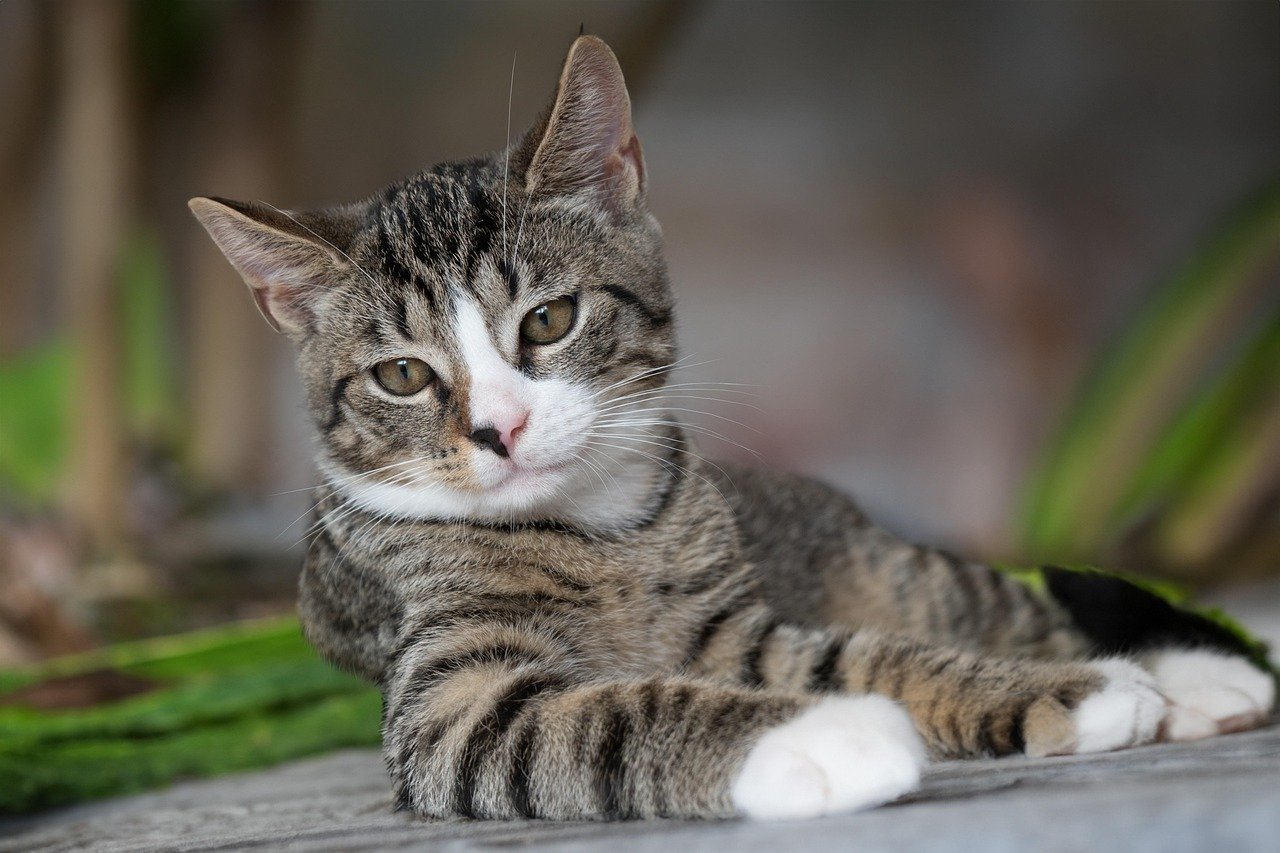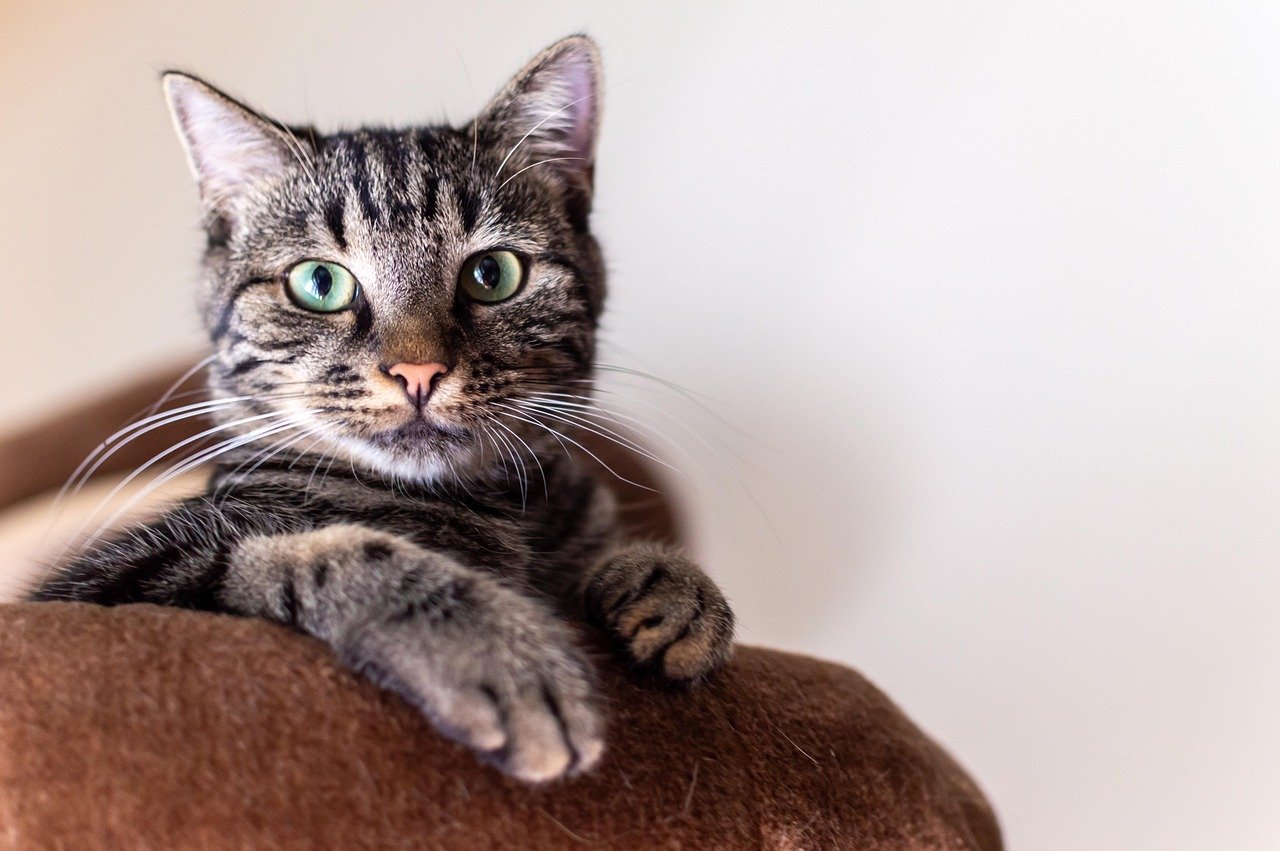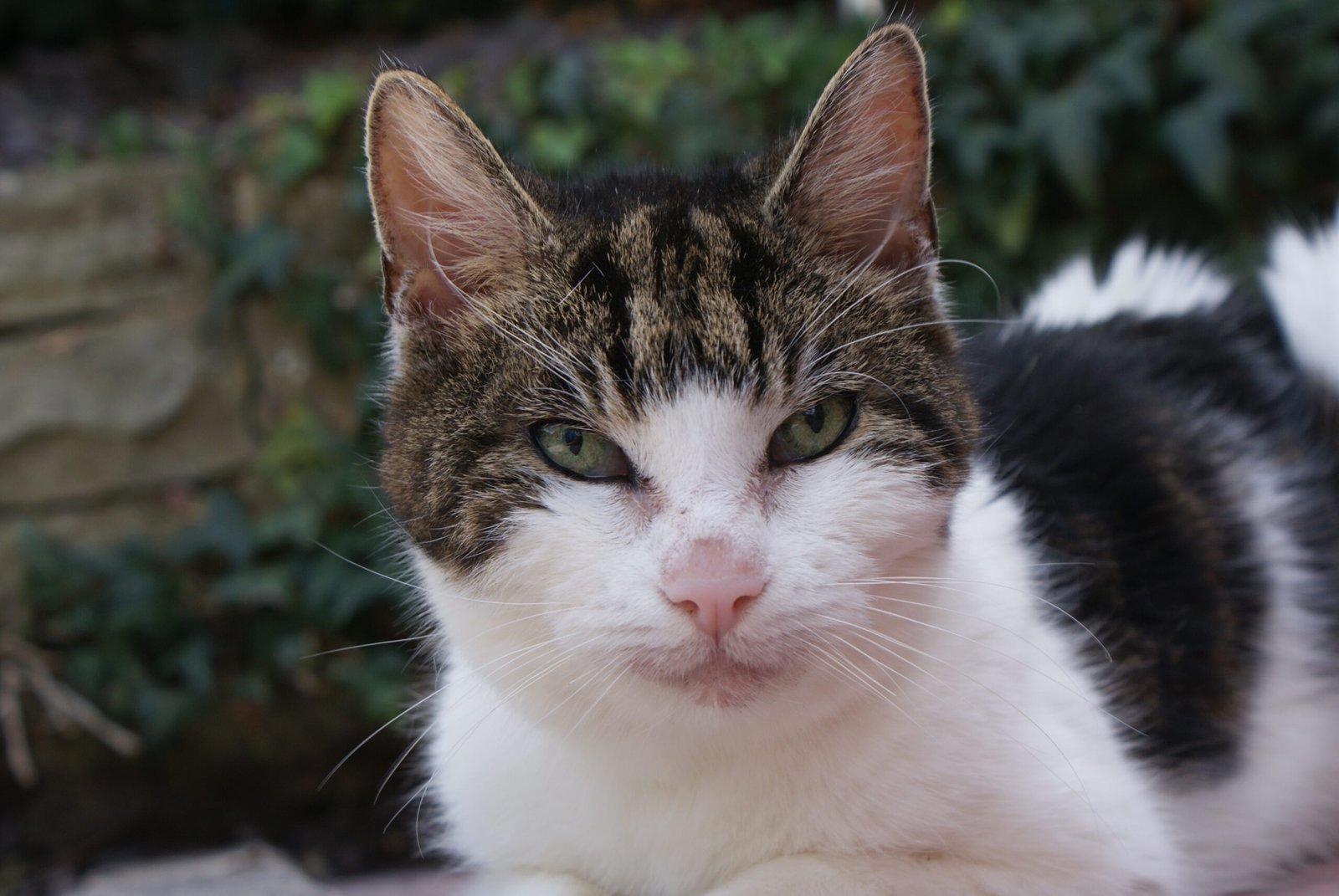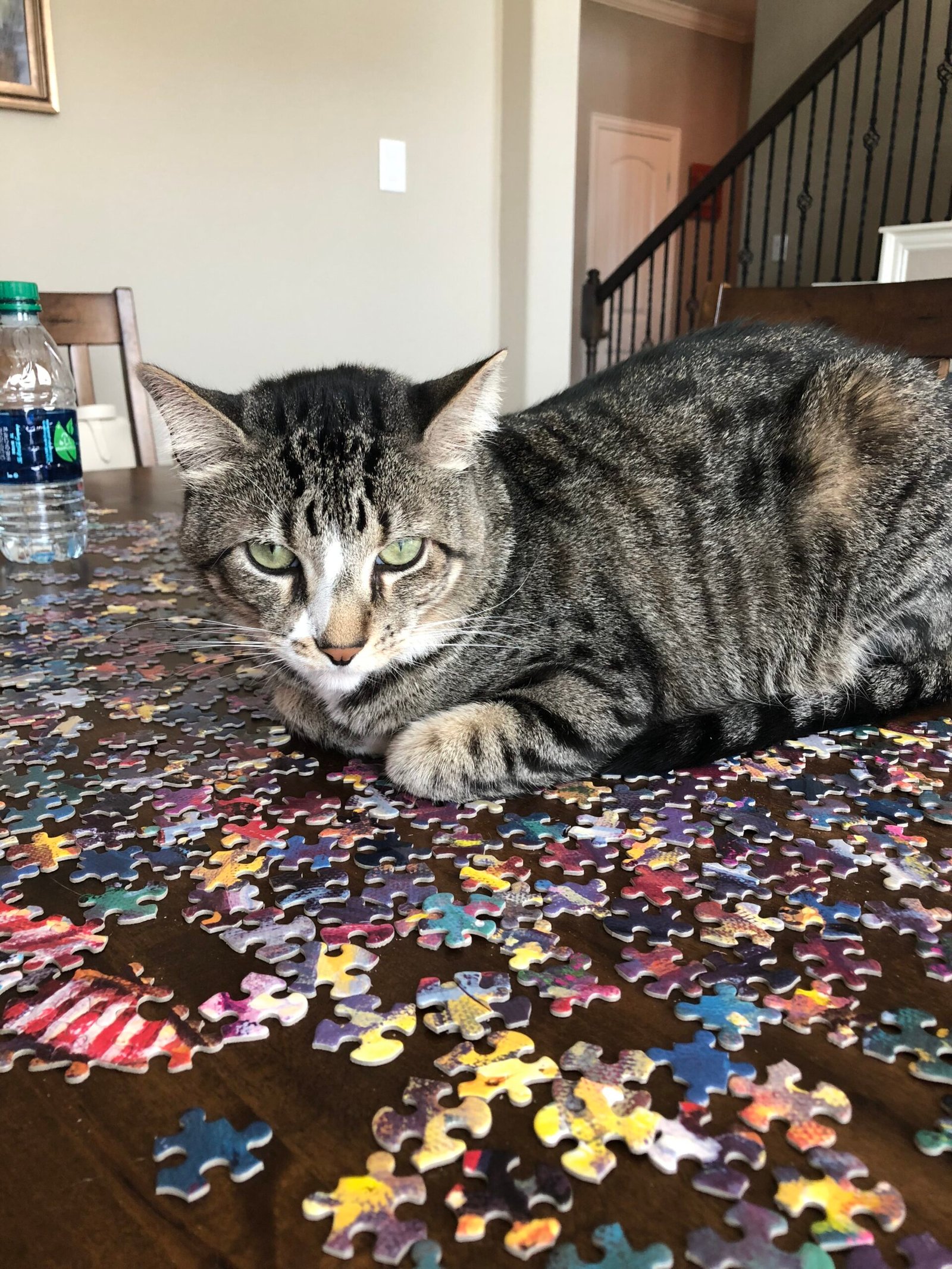Cats have a reputation for being independent creatures, often preferring solitude over socialization. However, any cat owner will tell you that the bond between a human and their feline friend can be as deep and rewarding as any other pet relationship. Strengthening this bond can bring immense joy and companionship into both your and your cat’s life. Here are ten surprising things that can help you forge a stronger relationship with your whiskered companion.
Understanding Your Cat’s Body Language
One of the most important steps in building a strong bond with your cat is learning to understand their body language. Cats communicate primarily through non-verbal cues, and being attuned to these signals can help you respond appropriately. For instance, a cat with a twitching tail might be agitated, while a slow blink is often a sign of contentment. Observing your cat’s ear positions, tail movements, and even whisker orientation can provide insights into their feelings and needs. By showing sensitivity to these signals, you demonstrate respect for your cat’s emotions, fostering trust and mutual understanding.
Interactive Playtime

Interactive play is not just a fun activity but a crucial way to bond with your cat. Engaging your feline friend with toys that mimic prey, like feather wands or laser pointers, taps into their natural hunting instincts. This not only provides physical exercise but also mental stimulation, allowing your cat to express their natural behaviors. Consistent playtime helps build a routine and signals to your cat that you are a source of fun and gratification. Remember, a tired cat is usually a happy and well-adjusted cat, making playtime an essential part of your bonding routine.
Grooming as a Bonding Activity
Grooming is a natural social activity among cats, and by grooming your cat, you mimic this intimate behavior. Brushing your cat can be a soothing experience for both of you, removing loose fur and reducing shedding while providing a comforting touch. It’s a chance to check for any unusual lumps or bumps and to ensure your cat’s coat is in good condition. Most importantly, grooming sessions can serve as peaceful bonding time, where your cat feels loved and cared for, strengthening the trust between you.
Creating a Safe Environment
Cats are creatures of habit and thrive in environments where they feel secure. Creating a safe, comfortable space for your cat is essential for building trust. This includes providing cozy sleeping areas, accessible litter boxes, and stable perches for them to observe their surroundings. Minimizing loud noises and sudden changes in their environment can also reduce stress. When your cat feels safe in their environment, they are more likely to be relaxed and open to forming a deeper connection with you.
Offering Variety in Diet

Just like humans, cats appreciate variety in their diet. Offering different flavors and textures in their meals can make feeding time more enjoyable and exciting. It’s essential to ensure the food is nutritionally balanced and appropriate for your cat’s age and health needs. Sharing meal times, where you sit with your cat while they eat, can also be a bonding experience. The act of feeding itself is a nurturing gesture, showing your cat that you care for their well-being and happiness.
Respecting Personal Space

While it may seem counterintuitive, giving your cat space is an important part of bonding. Cats appreciate having control over their interactions, and forcing attention when they are not in the mood can lead to stress and mistrust. Allow your cat to approach you on their terms and respect their need for solitude when they retreat. This demonstrates that you understand and respect their boundaries, which is crucial for building a trusting relationship.
Talking to Your Cat

It may sound odd, but talking to your cat can enhance your bond. Cats are known to respond to the tone and rhythm of human voices rather than the actual words. Speaking to your cat in a gentle, soothing voice can be comforting and reassuring for them. Narrating your daily activities or simply having a one-sided conversation can make your presence more familiar and less intimidating to your feline friend. Over time, they may even respond with their own vocalizations, creating a unique dialogue between you.
Providing Mental Stimulation

Cats are intelligent creatures that require mental stimulation to stay happy and healthy. Providing puzzle toys, interactive feeders, or even teaching them simple tricks can keep their minds engaged. These activities not only prevent boredom but also strengthen your bond through shared experiences and learning. Mental challenges can also reduce behavioral issues by providing an outlet for their natural curiosity and intelligence, making your cat more content and well-adjusted.
Creating a Routine
Cats are creatures of habit and thrive on routine. Establishing a daily schedule for feeding, playtime, and other activities can provide a sense of security and predictability for your cat. This helps them to anticipate and look forward to these moments of interaction. When your cat knows what to expect, they are more likely to be relaxed and open to bonding with you. A consistent routine demonstrates your commitment and reliability, which are key components of a strong relationship.
Using Positive Reinforcement
Positive reinforcement is a powerful tool for building trust and encouraging desired behaviors in cats. Rewarding your cat with treats, affection, or play when they exhibit good behavior can strengthen your bond and encourage repeat performances. It’s important to be consistent and patient, as this helps your cat understand the connection between their actions and the positive outcomes. Over time, this approach can lead to a more harmonious relationship, with your cat feeling secure and appreciated.
Conclusion
Strengthening the bond with your cat involves understanding and respecting their unique personalities and needs. By engaging in activities that cater to their physical and emotional well-being, you create a supportive environment where trust and affection can flourish. Remember, every cat is different, and what works for one may not work for another. The key is to be patient, observant, and willing to adapt your approach to suit your individual cat. With time and effort, you can build a meaningful and lasting connection with your feline friend.
Hi, I’m Bola, a passionate writer and creative strategist with a knack for crafting compelling content that educates, inspires, and connects. Over the years, I’ve honed my skills across various writing fields, including content creation, copywriting, online course development, and video scriptwriting.
When I’m not at my desk, you’ll find me exploring new ideas, reading books, or brainstorming creative ways to solve challenges. I believe that words have the power to transform, and I’m here to help you leverage that power for success.
Thanks for stopping by, Keep coming to this website to checkout new articles form me. You’d always love it!






